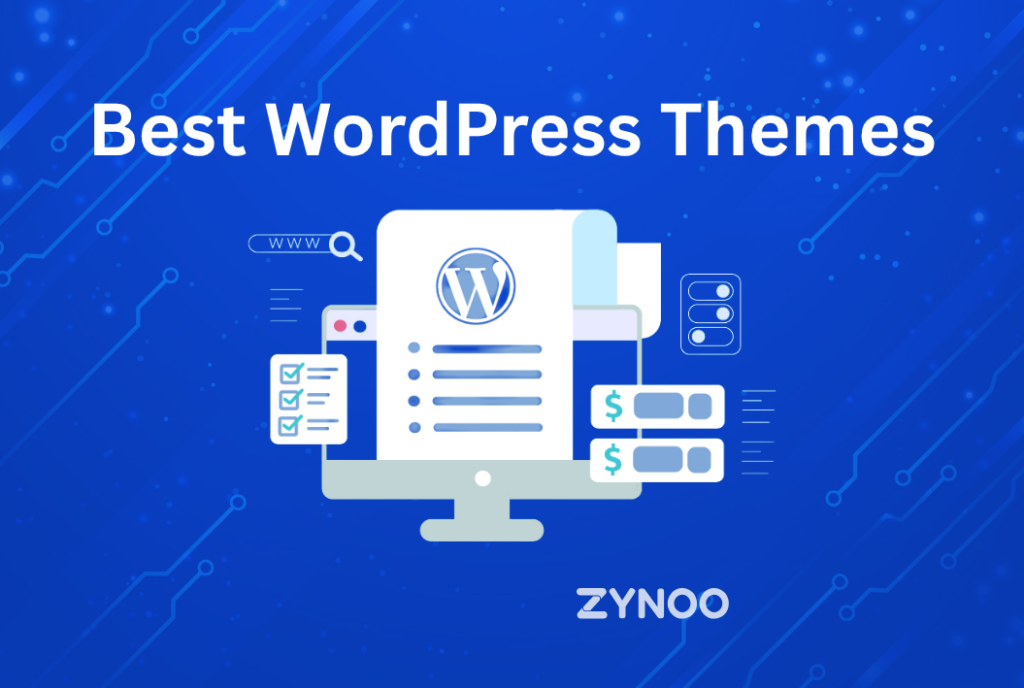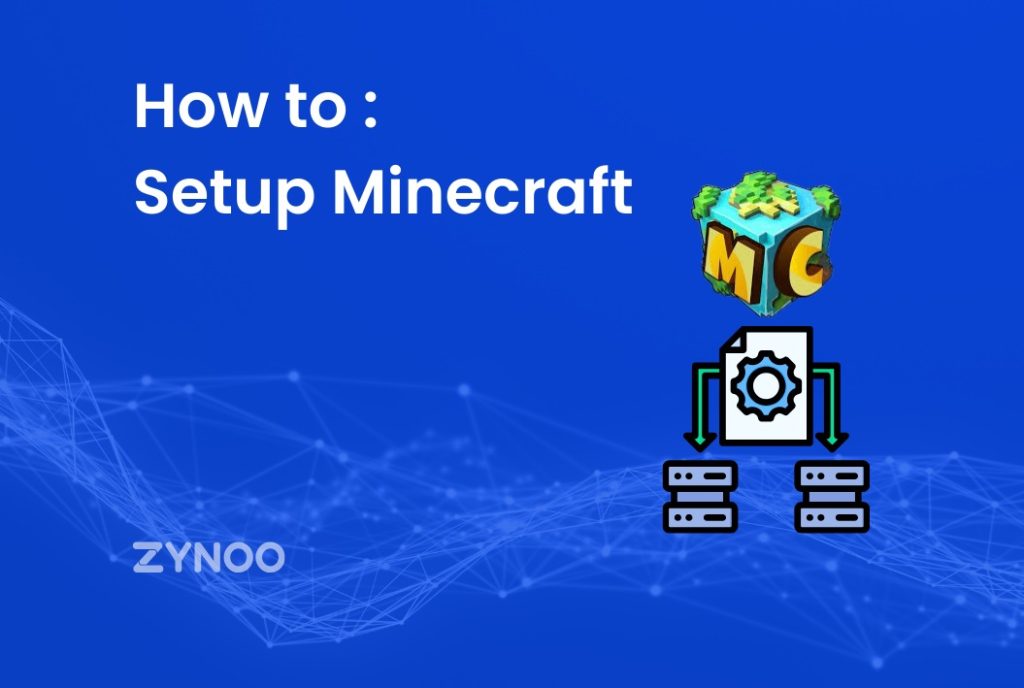
How to Start an Affiliate Marketing Blog
Starting an affiliate marketing blog can be a game-changer in your journey to financial independence and online success. This comprehensive guide will walk you through each step, ensuring you have all the tools and knowledge needed to create a thriving blog.
Understanding Affiliate Marketing
What is Affiliate Marketing?
Affiliate marketing is a performance-based marketing strategy where a business rewards affiliates for driving traffic or sales through their promotional efforts. Affiliates, in this context, are bloggers, influencers, or marketers who promote products or services using unique affiliate links. Each time someone makes a purchase through these links, the affiliate earns a commission.
How Does Affiliate Marketing Work?
The process begins with joining an affiliate program, which provides access to a selection of products or services to promote. Affiliates then incorporate these products into their content, using special tracking links. When readers click on these links and make a purchase, the affiliate earns a commission. This system benefits both the merchant, who gains additional exposure and sales, and the affiliate, who earns revenue without the need to create or maintain a product.
Benefits of Affiliate Marketing
The benefits of affiliate marketing are numerous. It’s a low-risk, high-reward model that requires minimal upfront investment. Affiliates can work from anywhere, choose products they are passionate about, and earn passive income. Additionally, affiliate marketing offers flexibility, allowing affiliates to set their own schedules and work at their own pace.
Planning Your Affiliate Marketing Blog
Choosing Your Niche
Selecting the right niche is crucial for your blog’s success. A niche is a specific segment of the market that you will focus on. It should align with your interests and expertise, as well as have sufficient demand and monetization potential. Conduct thorough research to identify niches that are both profitable and sustainable.
Researching the Competition
Understanding your competition helps you carve out a unique space in your chosen niche. Analyze top-performing blogs in your niche to identify what they do well and where there might be gaps you can fill. Look at their content, engagement, and monetization strategies to gain insights into what works and what doesn’t.
Setting Realistic Goals
Setting clear, achievable goals is essential. Define what you want to accomplish with your blog, whether it’s generating a certain amount of traffic, earning a specific income, or establishing authority in your niche. Break down these goals into smaller, actionable steps to keep yourself motivated and on track.
Setting Up Your Blog
Selecting a Blogging Platform
Choosing the right blogging platform is the first technical step. WordPress.org is highly recommended due to its flexibility, scalability, and extensive plugin ecosystem. It allows you to fully customize your blog and optimize it for search engines.
Registering a Domain Name
Your domain name is your blog’s address on the internet. It should be memorable, easy to spell, and reflective of your niche. Use a reputable domain registrar to secure your domain name, ensuring it aligns with your brand.
Choosing a Web Hosting Service
Web hosting is where your blog lives on the internet. Choose a reliable hosting provider that offers fast load times, strong security, and excellent customer support.
Designing Your Blog
Your blog’s design should be visually appealing and user-friendly. Use a clean, responsive theme that looks great on all devices. Customize the theme to reflect your brand’s colors and style, and make sure your blog is easy to navigate.
Creating Quality Content
Content Strategy
Developing a content strategy is key to maintaining consistency and quality. Plan out your content calendar, including topics, keywords, and posting frequency. This helps you stay organized and ensures you regularly publish valuable content.
Keyword Research
Keyword research is the backbone of SEO. Use tools like Google Keyword Planner, SEMrush, or Ahrefs to find keywords relevant to your niche. Target keywords with a good balance of search volume and competition, incorporating them naturally into your content.
Writing Engaging Blog Posts
Engaging content keeps readers coming back. Write in a conversational tone, use storytelling techniques, and provide actionable advice. Break up text with headings, bullet points, and images to make it more readable.
Using Multimedia
Incorporating multimedia elements like images, videos, and infographics can enhance your content. These elements make your blog posts more engaging and shareable, improving the overall user experience.
Maintaining Consistency
Consistency is crucial for building and retaining an audience. Stick to your content calendar, post regularly, and maintain a consistent tone and style. This builds trust with your readers and encourages them to return.
Monetizing Your Blog
Finding Affiliate Programs
Look for affiliate programs that align with your niche and audience. Popular affiliate networks include Amazon Associates, ShareASale, and CJ Affiliate. Choose programs that offer competitive commissions and high-quality products.
Applying for Affiliate Programs
Once you’ve identified suitable programs, apply to join them. Some may have specific requirements or vetting processes. Be prepared to provide details about your blog’s traffic, audience, and content.
Incorporating Affiliate Links
Strategically place affiliate links within your content. Ensure they fit naturally within the context and provide value to your readers. Avoid overloading your content with links, as this can appear spammy and reduce credibility.
Tracking and Analyzing Performance
Use tools like Google Analytics and affiliate dashboards to track your performance. Monitor metrics such as clicks, conversions, and earnings. Analyzing this data helps you optimize your strategies and maximize revenue.
Promoting Your Blog
SEO Best Practices
SEO is essential for driving organic traffic. Optimize your blog posts with relevant keywords, meta descriptions, and alt texts. Ensure your blog is mobile-friendly and has fast load times.
Social Media Marketing
Promote your content on social media platforms like Facebook, Twitter, and Instagram. Engage with your followers, share valuable content, and use hashtags to increase visibility.
Email Marketing
Build an email list to keep your audience engaged. Offer a free resource or incentive to encourage sign-ups, and send regular newsletters with your latest content and affiliate promotions.
Collaborations and Guest Blogging
Collaborate with other bloggers and influencers in your niche. Guest blogging on popular sites can increase your exposure and drive traffic to your blog.
Paid Advertising
Consider using paid advertising to boost your visibility. Platforms like Google Ads and Facebook Ads allow you to target specific audiences and drive traffic to your blog.
Building an Audience
Understanding Your Target Audience
Know who your target audience is and what they want. Create content that addresses their needs, interests, and pain points. Use analytics to understand their behavior and preferences.
Engaging with Your Audience
Engage with your readers by responding to comments, emails, and social media messages. Building a relationship with your audience fosters loyalty and encourages repeat visits.
Building a Community
Create a sense of community around your blog. Encourage discussions, host webinars, and create forums where readers can interact and share ideas.
Leveraging Analytics
Use analytics tools to track your blog’s performance. Monitor metrics like traffic, bounce rate, and user engagement. This data helps you understand what’s working and what needs improvement.
Ensuring Legal Compliance
Understanding Disclosure Requirements
Disclose your affiliate relationships clearly. This transparency builds trust with your audience and complies with legal requirements.
Complying with FTC Guidelines
Follow the Federal Trade Commission (FTC) guidelines for affiliate marketing. This includes disclosing affiliate links and ensuring your promotions are truthful and not misleading.
Advanced Strategies
Scaling Your Blog
As your blog grows, look for opportunities to scale. This might include outsourcing tasks, investing in advanced tools, or exploring new content formats.
Diversifying Income Streams
Don’t rely solely on affiliate marketing for income. Explore other monetization methods like sponsored posts, selling digital products, or offering online courses.
Investing in Paid Tools and Resources
Invest in paid tools and resources to enhance your blog. This might include premium plugins, advanced analytics tools, or professional development courses.
Continuously Learning and Adapting
The blogging landscape is constantly evolving. Stay up-to-date with industry trends, attend webinars, and continuously improve your skills.
Common Mistakes to Avoid
Choosing the Wrong Niche
Avoid selecting a niche based solely on profitability. Choose something you are passionate about and knowledgeable in.
Neglecting SEO
SEO is critical for driving organic traffic. Neglecting it can significantly impact your blog’s visibility and growth.
Focusing Solely on Sales
While earning commissions is important, focusing solely on sales can alienate your audience. Provide value and build trust to foster long-term success.
Ignoring Analytics
Analytics provide valuable insights into your blog’s performance. Ignoring them can prevent you from identifying issues and making necessary improvements.
Not Updating Content Regularly
Regularly updating your content keeps it relevant and valuable. Stale content can lead to decreased traffic and engagement.
Frequently Asked Questions
How long does it take to start earning from an affiliate marketing blog?
The time it takes to start earning can vary. It depends on factors like your niche, content quality, and promotional efforts. On average, it may take several months to a year.
What are the best affiliate programs for beginners?
Popular affiliate programs for beginners include Amazon Associates, ShareASale, and CJ Affiliate. These programs offer a wide range of products and have user-friendly interfaces.
How much money can I make with an affiliate marketing blog?
Earnings from affiliate marketing vary widely. Some bloggers make a few hundred dollars a month, while others earn six figures annually. It depends on your niche, traffic, and marketing strategies.
Do I need to disclose affiliate links?
Yes, you must disclose affiliate links to comply with legal requirements and build trust with your audience. Transparency is crucial in affiliate marketing.
Can I start an affiliate marketing blog with no experience?
Yes, you can start an affiliate marketing blog with no prior experience. There are plenty of resources and guides available to help you learn and succeed.
How do I drive traffic to my affiliate marketing blog?
Driving traffic involves a combination of SEO, social media marketing, email marketing, and collaborations. Consistently creating valuable content is also key to attracting and retaining readers.
Conclusion
Starting an affiliate marketing blog is a rewarding endeavor that offers the potential for significant income and flexibility. By understanding the fundamentals, planning carefully, and executing effectively, you can build a successful blog that stands the test of time. Focus on providing value to your audience, stay consistent, and continuously adapt to industry changes. With dedication and perseverance, your affiliate marketing blog can become a powerful tool for achieving your financial goals.



